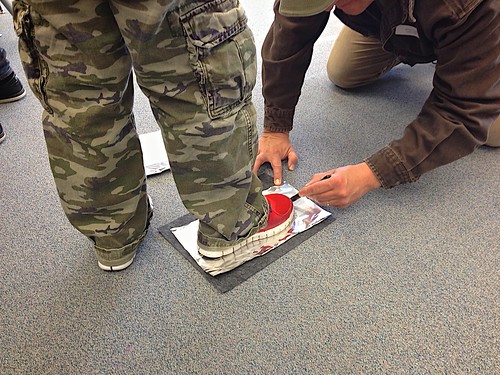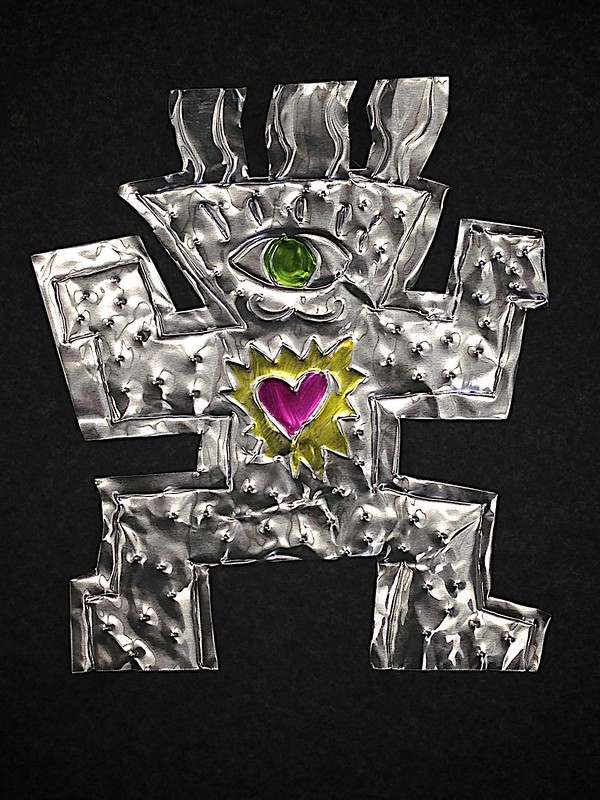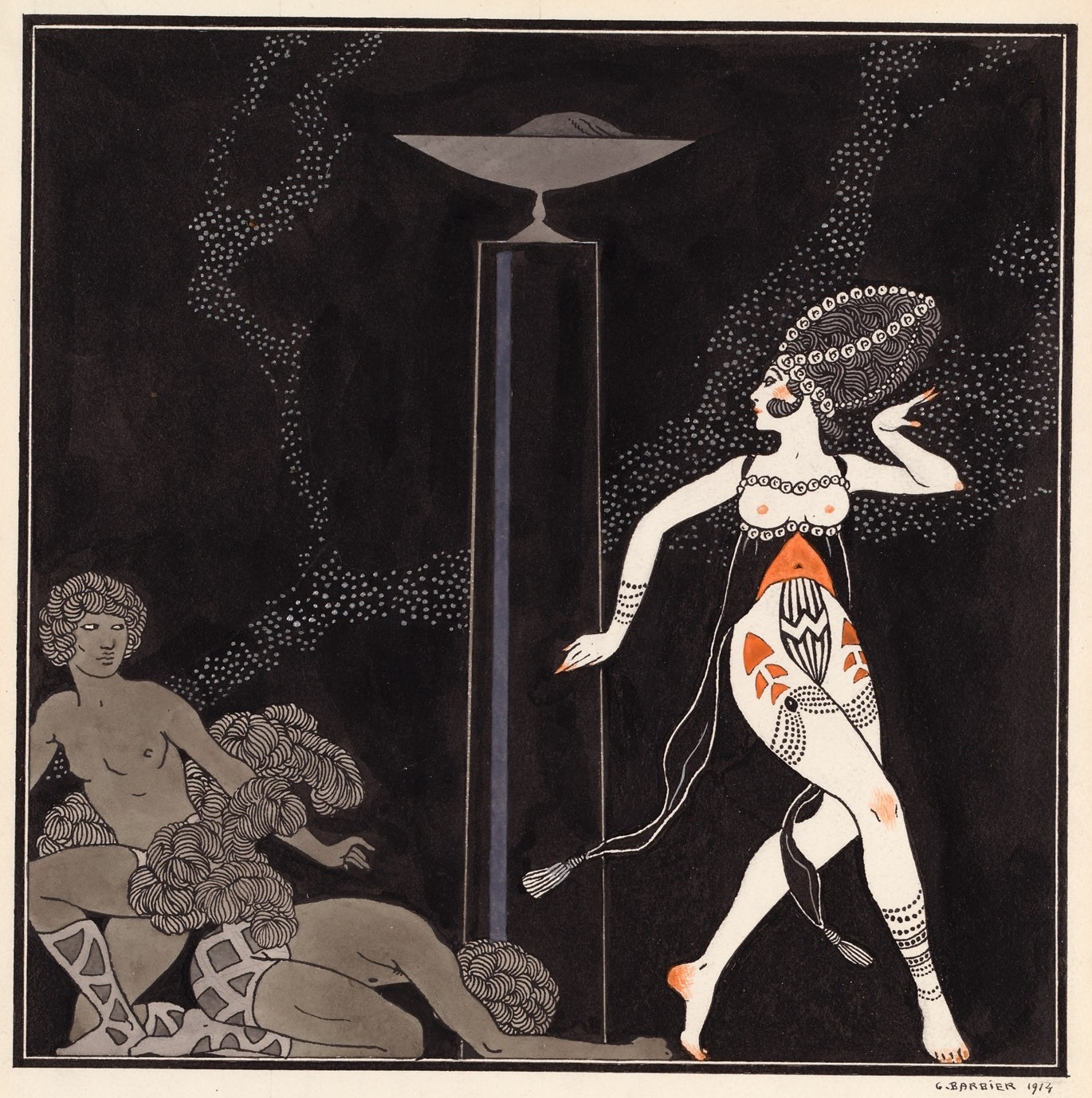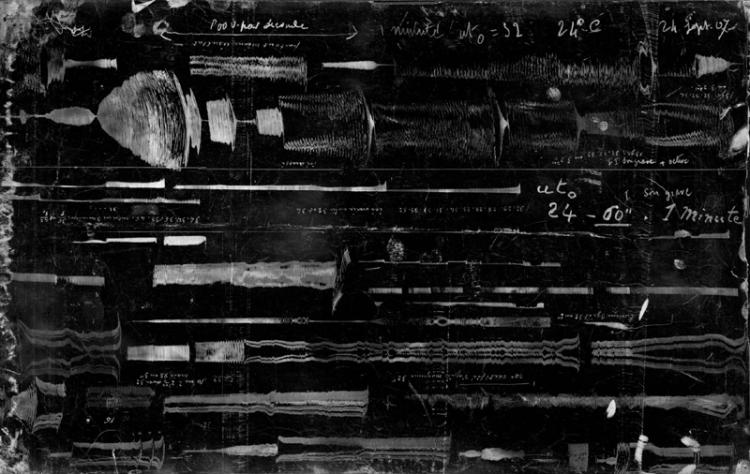Many many warm fuzzy thanks to the folks at the Northeast Georgia History Center for having me on their podcast, Then Again! Episode 84 is called Patchworks of the Past & Present. You can find this episode on Then Again’s website, and also on Spotify (direct link here). I’m sure you can find it lots of other places, too. And while you’re at it, leave them a positive review!
Several times during our conversation, I told Marie I’d send her a link to this and that, so if you’re looking for those links, you’re in the right place! Enjoy.
Sarah's socials: Facebook, Instagram, Twitch
Cerulean Gallery in Amarillo and Dallas, TX
Great YouTube channels for beginning quilters: The Crafty Gemini, Just Get It Done Quilts
Gees Bend Quilters and the Souls Grown Deep Foundation
What is 'modern quilting'? (I'm not actually a huge fan of this organization, but this page does have a good explanation.)
Books I love:
The Improv Handbook for Modern Quilters by Sherri Lynn Wood
Rosie Lee Tompkins: A Retrospective (The BAMPFA is currently taking orders for the next printing of the catalog.)
A Piece of My Soul: Quilts By Black Arkansans by Cuesta Benberry (1923-2007)
Godharis (quilts from Western India): This is the exhibition I saw at the International Quilt Museum in Lincoln, NE: Collecting and Recollecting
Thanks again to Marie, Libba, and all the folks at the Northeast Georgia History Center! I encourage you to listen to their podcast, Then Again (not just the episode I’m in) for a wonderful, conversational look at history from all angles.


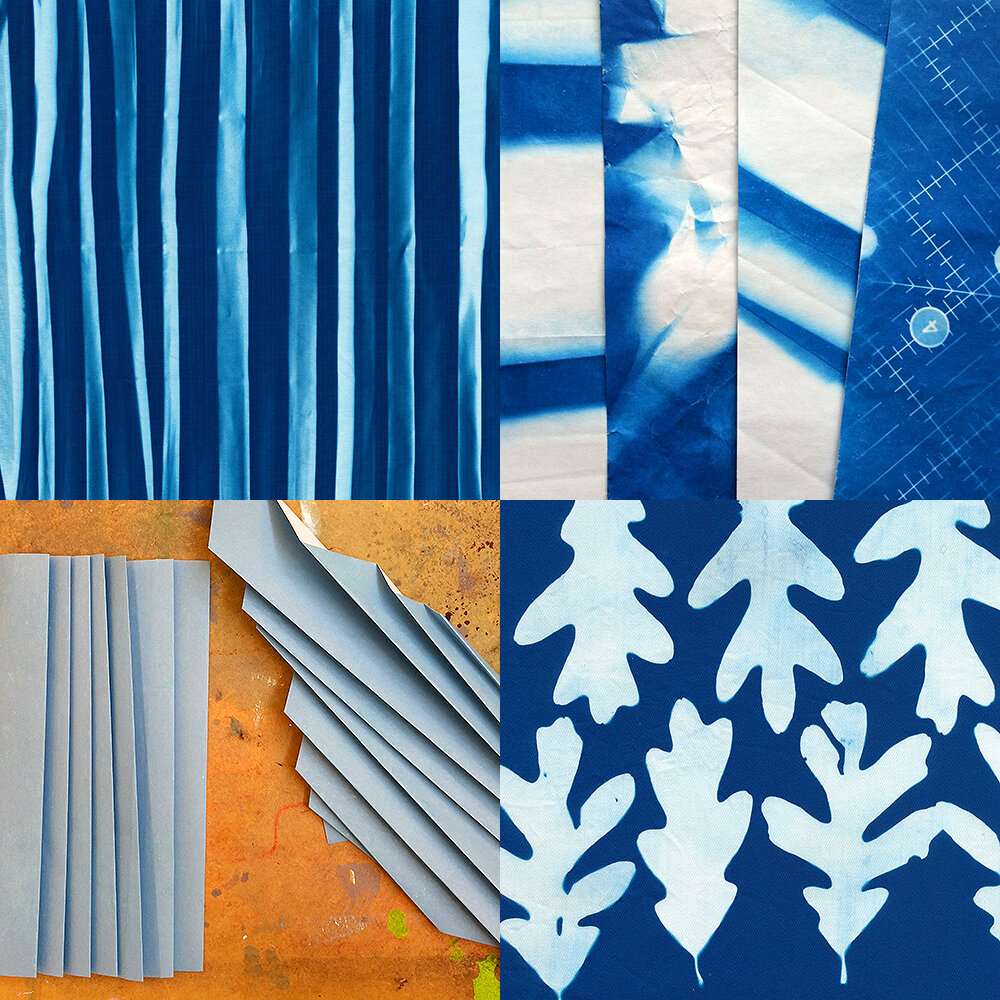
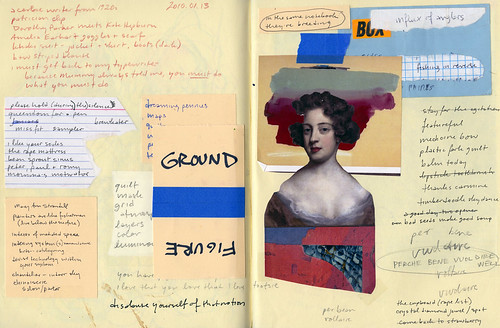 Thoughts wrangled for a previous solo exhibition. Sketchbook pages, 2010 by Sarah Atlee.
Thoughts wrangled for a previous solo exhibition. Sketchbook pages, 2010 by Sarah Atlee.